The shale revolution helped make America’s economy great
From The Economist
The Marcellus is just one of several such rock formations around America, from the oil-rich Bakken shale in Montana and North Dakota to the Permian basin, endowed with both oil and gas, in Texas and New Mexico. The revolution in tapping their hard-to-reach hydrocarbons got under way in the latter half of the 20th century as companies and government researchers worked to combine hydraulic fracturing, or fracking (the injection of specialised liquids to open cracks in rocks), and horizontal drilling. As they honed these techniques in the early 2000s, production surged. Now, America produces some 13m barrels per day of crude oil and 3bn cubic metres per day of natural gas, making it the world’s biggest producer of both.
The economic effects have been far-reaching. Most obviously it has changed America’s trading relationship with the world. Long a major importer of oil, America’s need for foreign crude started to decline in 2008—just when its oil-shale fields really took off. By 2019 it was, for the first time in more than half a century, exporting more energy than it imported (although it produces more than it consumes domestically, it still imports vast quantities of oil because it needs some varieties only produced overseas). Last year America recorded a net energy surplus of about $65bn.
Legal Notice / Disclaimer
Ahead of the Herd newsletter, aheadoftheherd.com, hereafter known as AOTH.Please read the entire Disclaimer carefully before you use this website or read the newsletter. If you do not agree to all the AOTH/Richard Mills Disclaimer, do not access/read this website/newsletter/article, or any of its pages. By reading/using this AOTH/Richard Mills website/newsletter/article, and whether you actually read this Disclaimer, you are deemed to have accepted it.
Share Your Insights and Join the Conversation!
When participating in the comments section, please be considerate and respectful to others. Share your insights and opinions thoughtfully, avoiding personal attacks or offensive language. Strive to provide accurate and reliable information by double-checking facts before posting. Constructive discussions help everyone learn and make better decisions. Thank you for contributing positively to our community!
1 Comment
Leave a Reply Cancel reply
You must be logged in to post a comment.


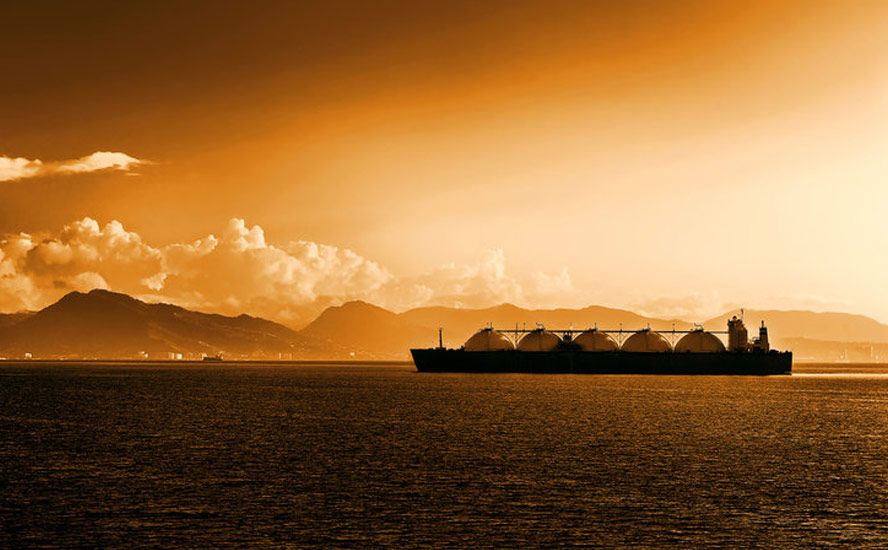
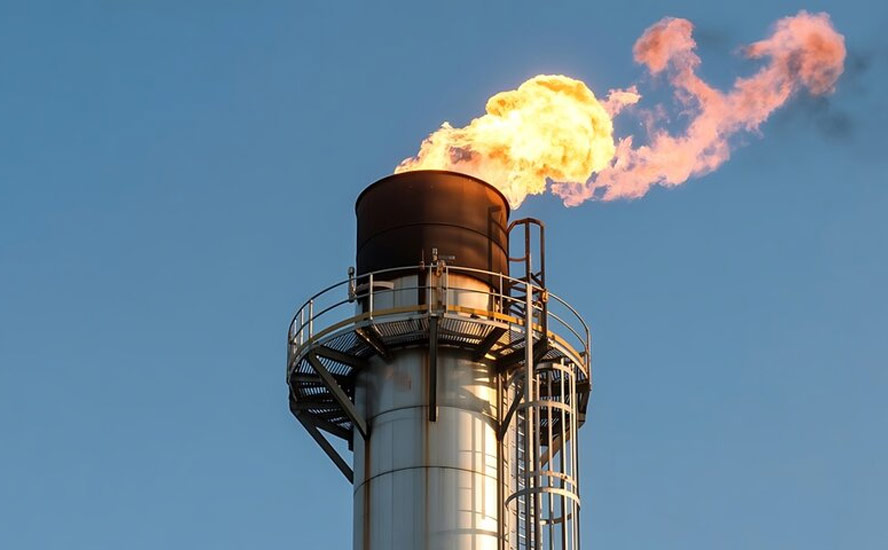



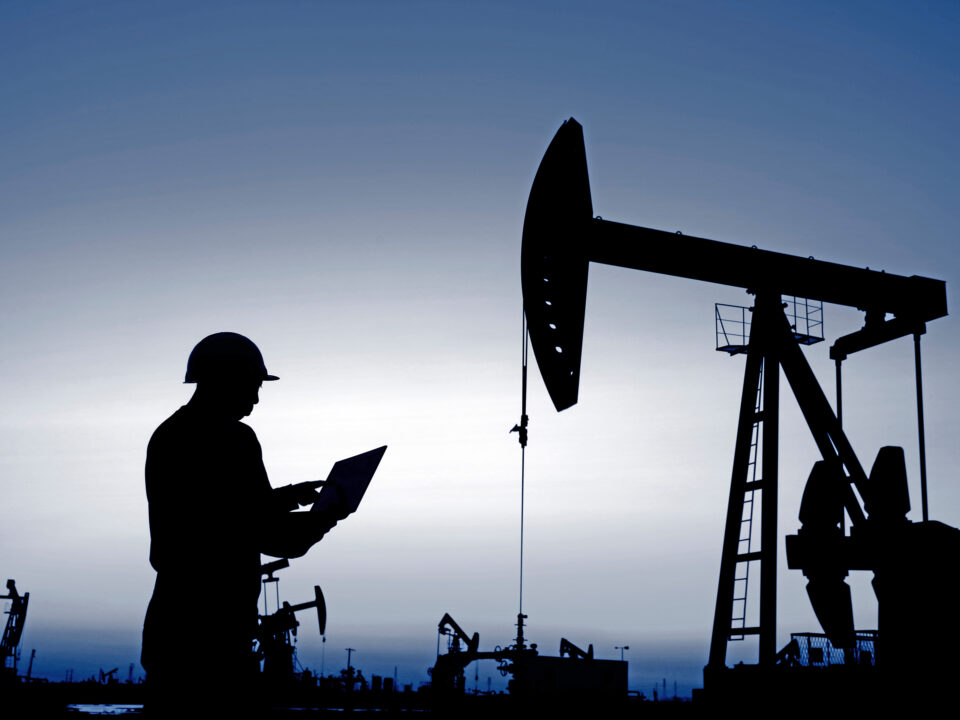

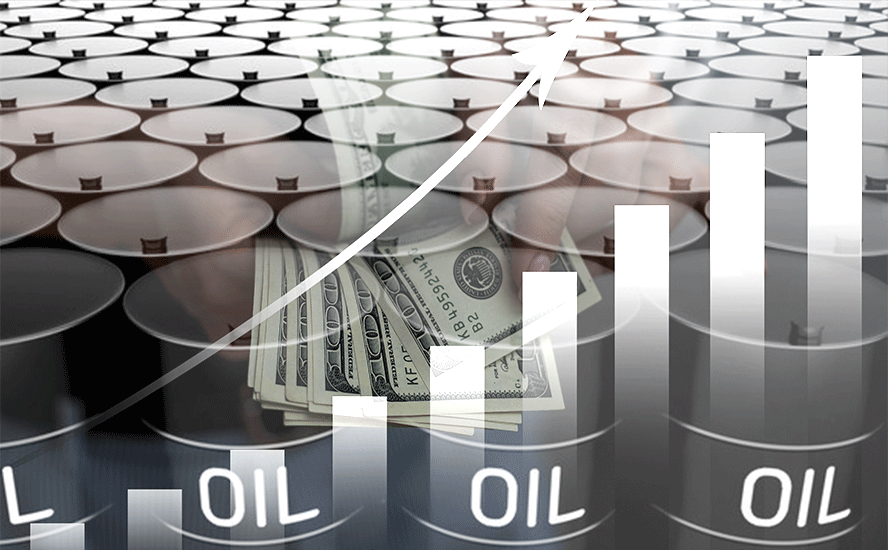






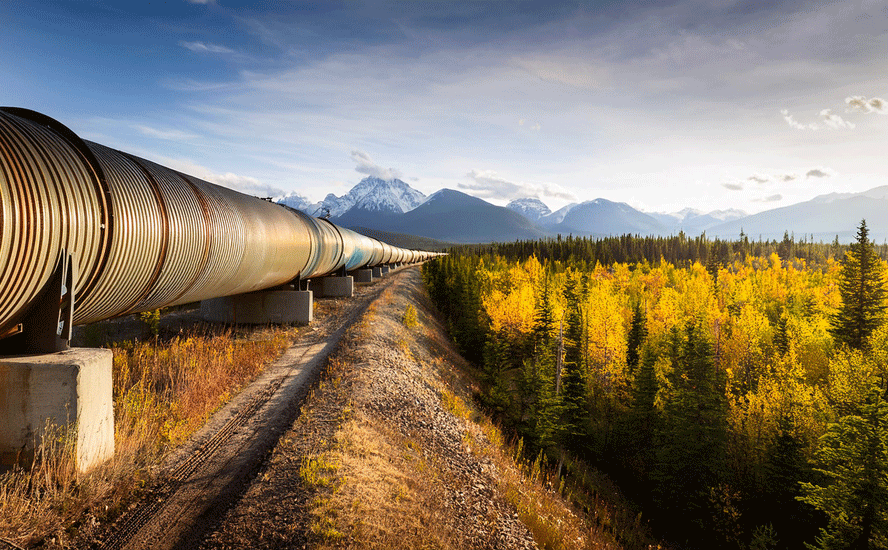
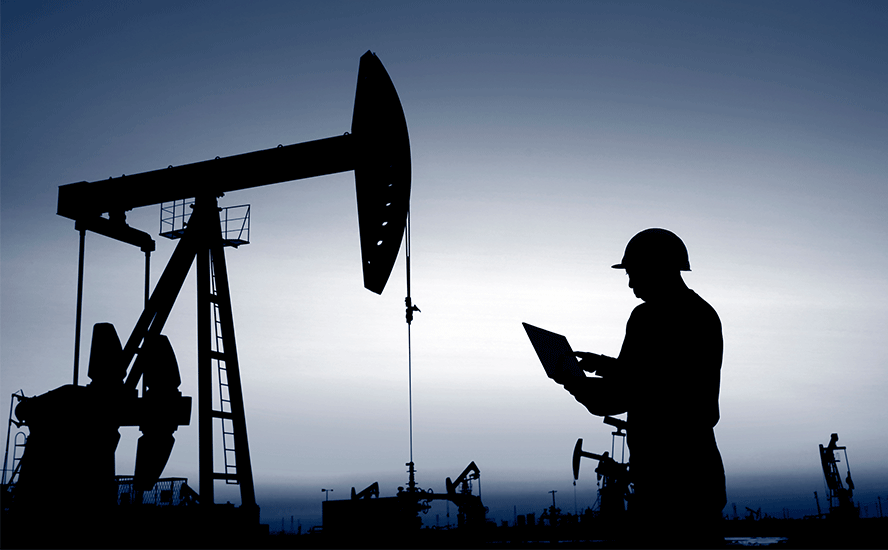

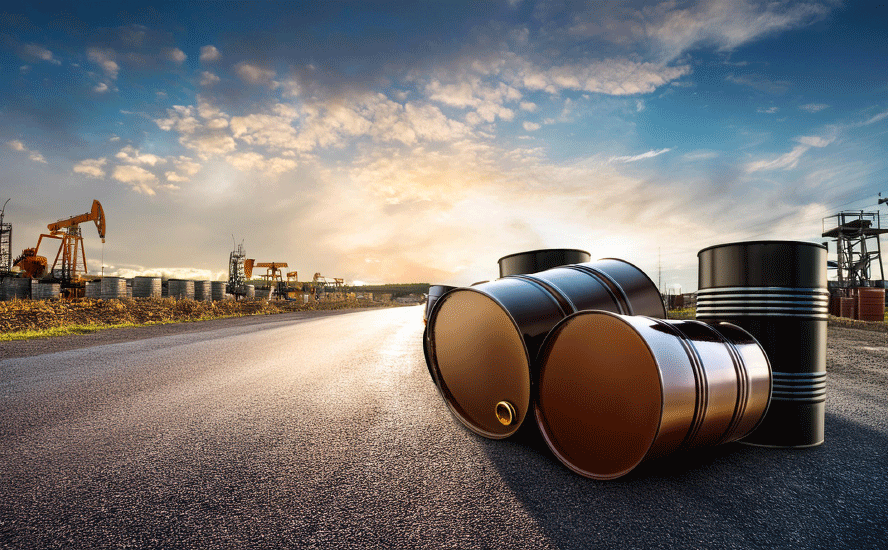

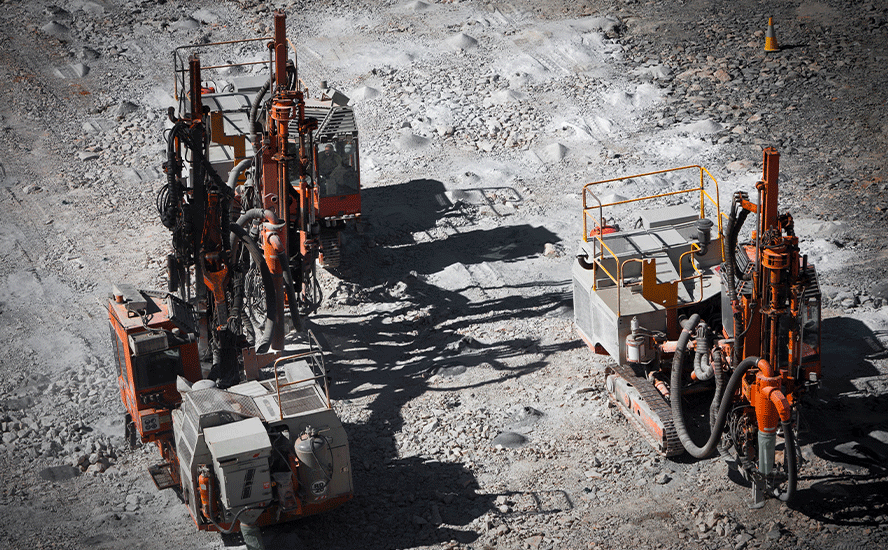



#Marcellus #Bakken #PermianBasin #hydrocarbons #HydraulicFracturing #fracking #HorizontalDrilling #CrudeOil #NaturalGas